Honda unveils its ambitious plan to dominate the global motorcycle market, targeting a 50% market share by 2030. Discover their strategy for growth, electrification, and innovation.

Subscribe to our Telegram channel for instant updates!
Honda has set ambitious goals for its global motorcycle business. It aims to capture a 50% share of the worldwide market. In a recent briefing, key executives discussed expectations and strategies. The focus is on growth in conventional and electric motorcycles.
Honda’s Current Market Dominance
Minoru Kato and Daiki Mihara revealed that Honda produces over 20 million motorcycles annually. The company expects to sell 20.2 million units by March 31, 2025. Honda’s research shows this accounts for 40% of global motorcycle sales. Around 50 million motorcycles are bought each year. Honda predicts the market will expand to 60 million sales annually by 2030. It aims to secure a 50% market share.
The Asian Market Leads Honda’s Growth
Honda’s figures highlight Asia’s dominance. The region accounts for 85% of Honda’s sales. The company expects 17.2 million Asian sales this financial year. Japan, Europe, and the United States contribute 6% of Honda’s sales, about 1.2 million units. However, these markets generate higher revenue due to demand for premium models.
In 2024, Honda set sales records in 37 countries. The company is close to producing its 500 millionth motorcycle. Production began in 1948. This milestone will be achieved before the end of 2025.

Strategy for High-Value Markets
Honda provided insights into its European strategy. High-value, low-volume motorcycles dominate this market. The company will expand “common platforms” using shared chassis and engines. This approach has worked for the CB500 and CB650 series. The Africa Twin platform supports models like the NT1100 tourer and Hawk 11 cafe racer.
The next major platform includes a tube-frame chassis and an electric-supercharged V-3 engine. This technology, revealed at EICMA, will feature in multiple future models.
Honda’s Electric Future: 4 Million EV Bikes by 2030
Honda aims to sell 4 million electric bikes per year by 2030. Small electric models will drive growth. Honda showcased the EV Fun Concept at EICMA. It will enter production soon. The EV Urban Concept scooter, using similar components, is also planned.
A key challenge for electric motorcycles is cost. Honda wants total ownership costs to match traditional models. A new electric motorcycle factory in India will open in 2028. Honda is also working to lower battery costs.
Challenges and Competition
Honda dominates the motorcycle industry, but challenges remain. Achieving a 50% market share is uncertain. Like other manufacturers, Honda must navigate electrification. Competition from Chinese and Indian brands is increasing. These brands are expanding into global markets, challenging Honda.
Honda’s vision, innovation, and production capabilities position it as a key industry player. The company is shaping the future of motorcycles.


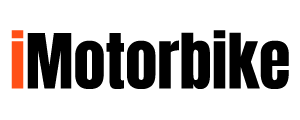

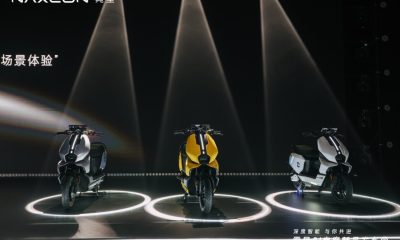

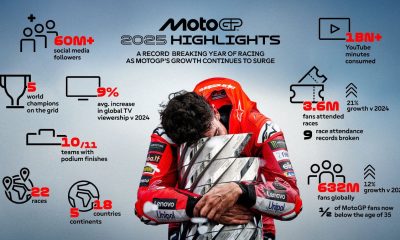
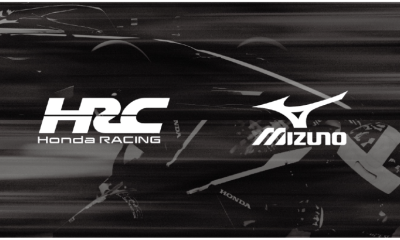
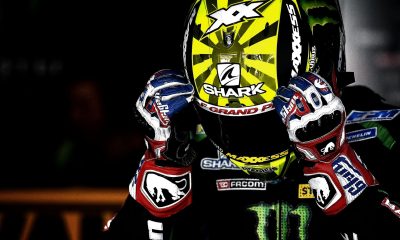

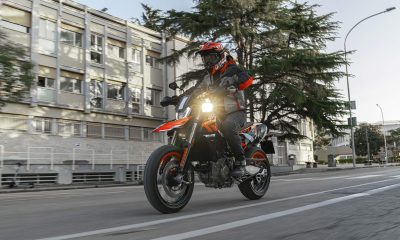
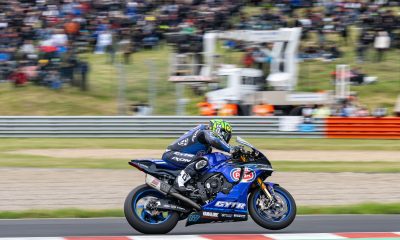
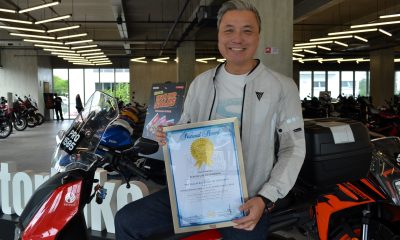
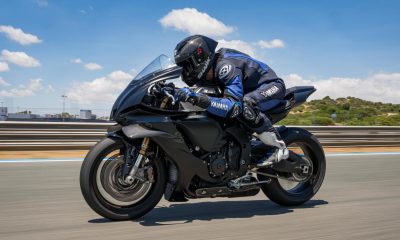

















Facebook
Instagram
X (Twitter)
YouTube
LinkedIn
RSS